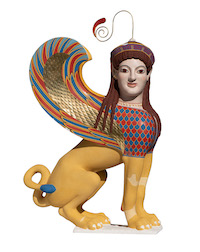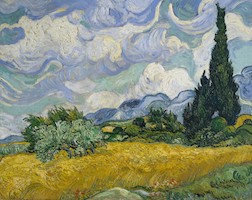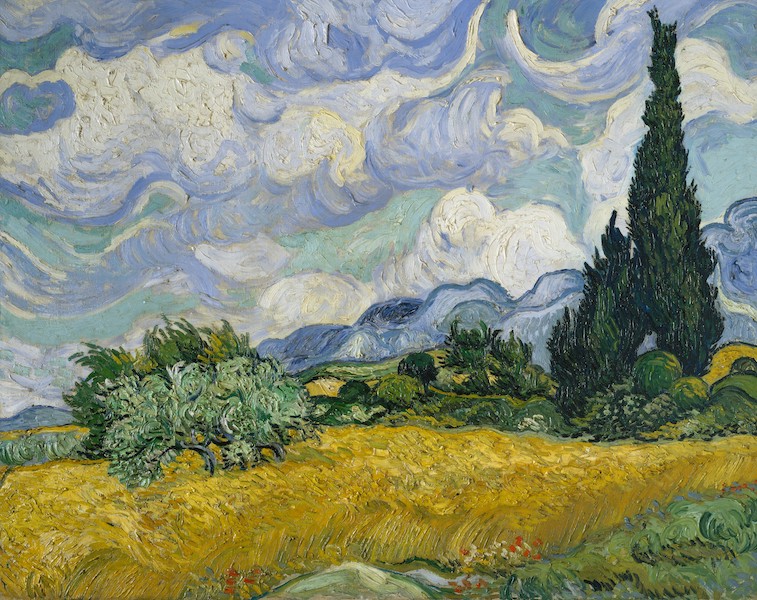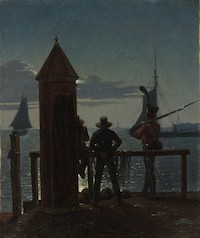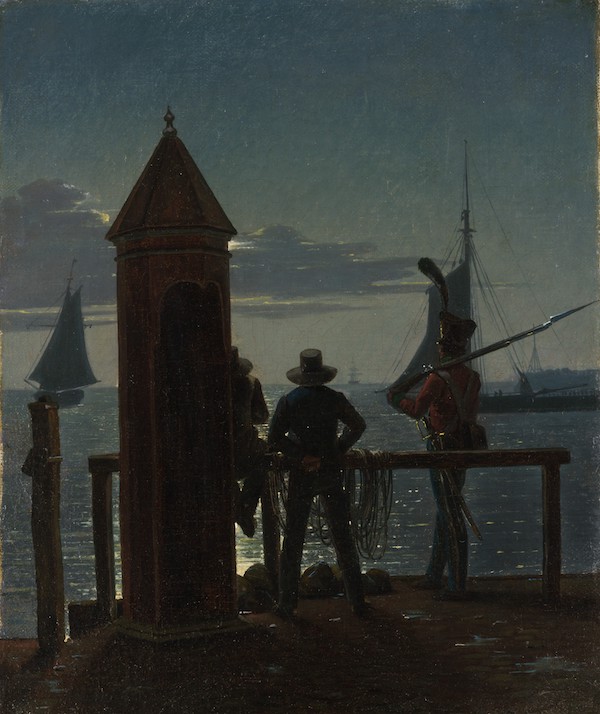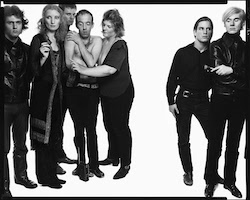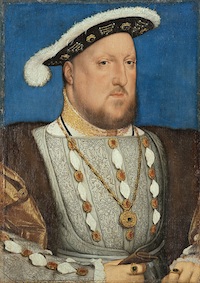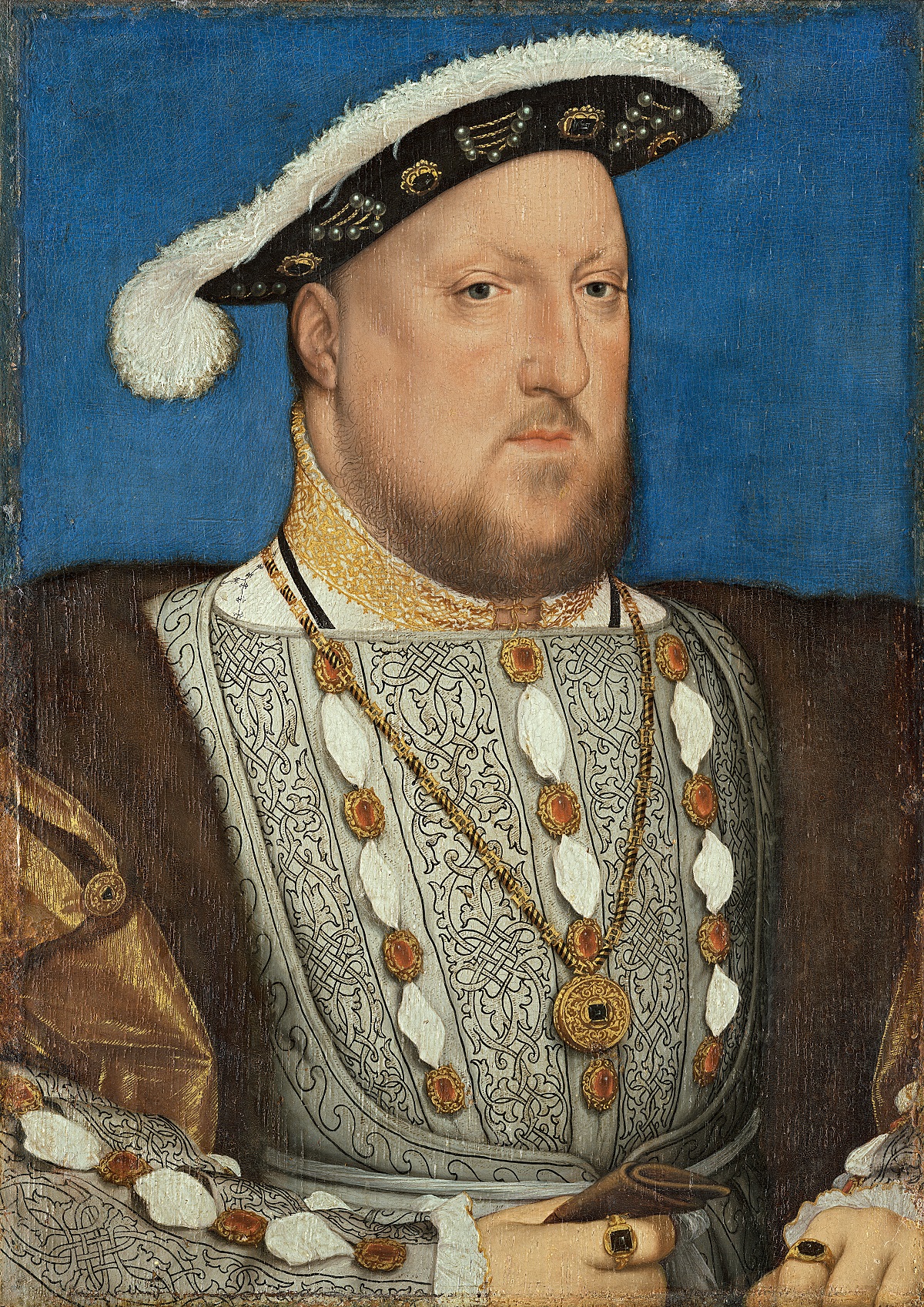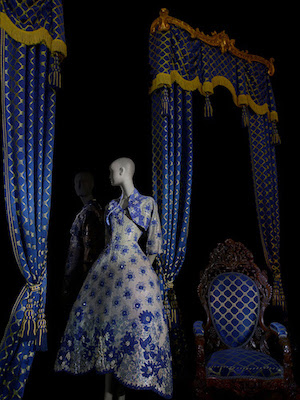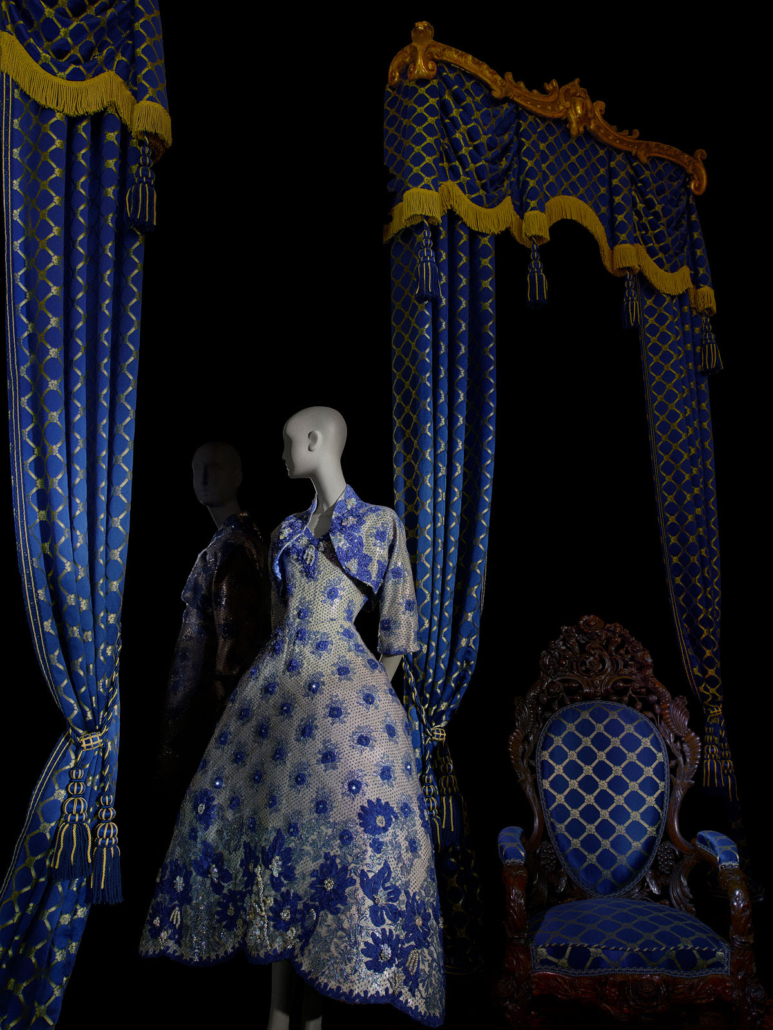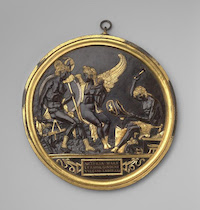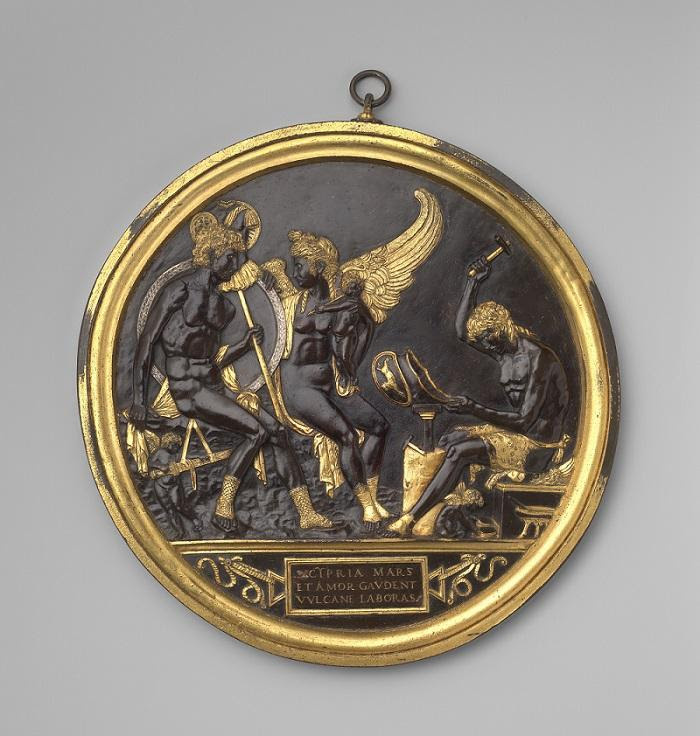
Detail of ‘Universal Gateway,’ Chapter 25 of the Lotus Sutra, Japan, Kamakura Period (1185–1333), dated 1257. Handscroll; ink, color, and gold on paper. The Metropolitan Museum of Art, New York, purchase, Louisa Eldridge McBurney gift, 1953.
NEW YORK — Opening at the Metropolitan Museum of Art on Saturday, April 8, Anxiety and Hope in Japanese Art focuses on the human stories behind art and art-making. Drawn from the Met’s renowned collection of Japanese art, this exhibition explores the twin themes of anxiety and hope through more than 250 works — from ancient religious sculpture and ritual objects to modern woodblock prints and photographs — presented across four display rotations. It will continue through July 14, 2024.



